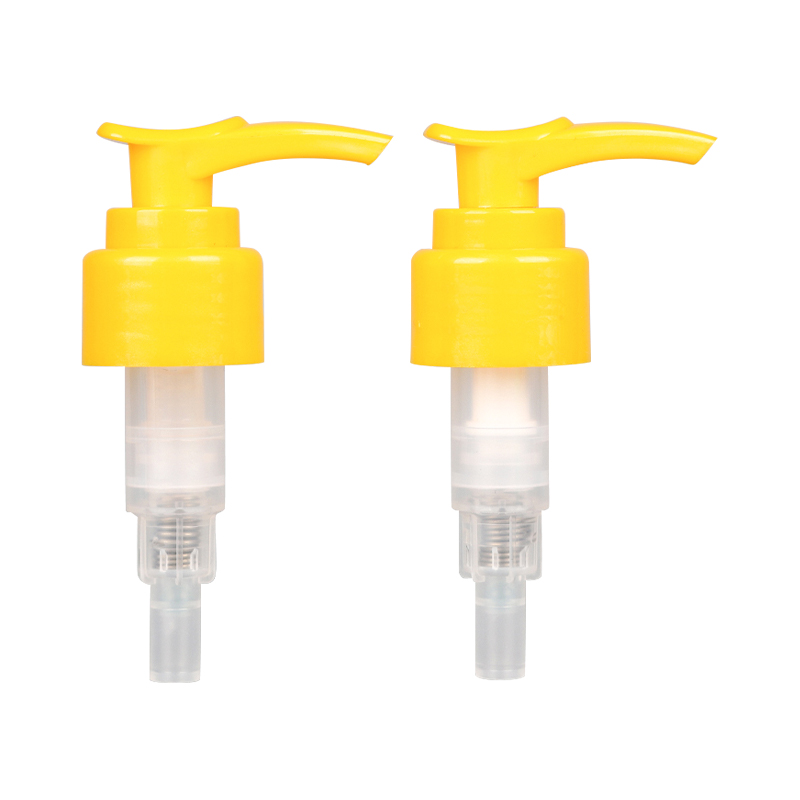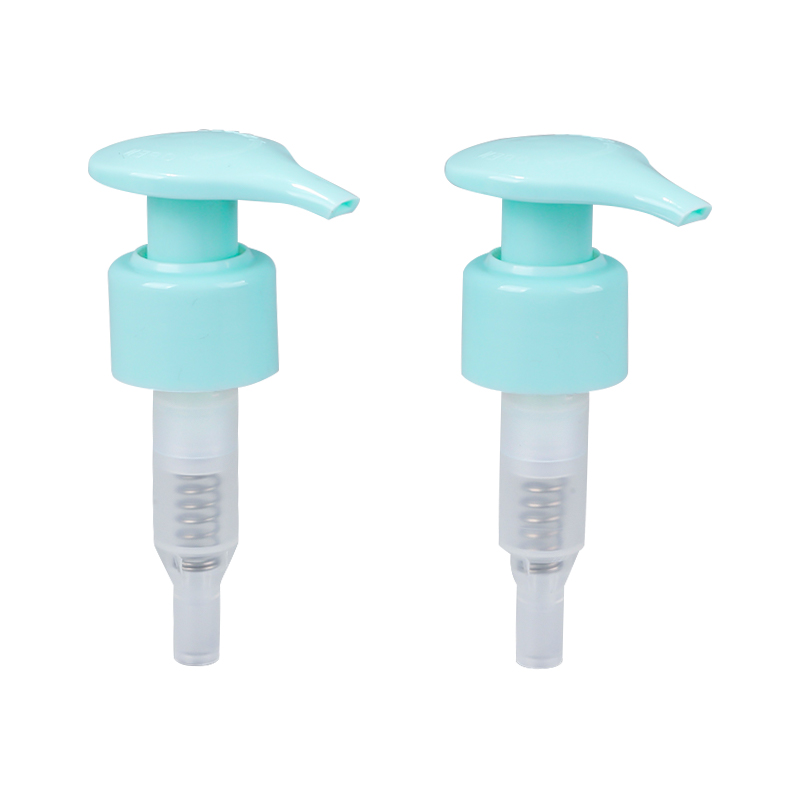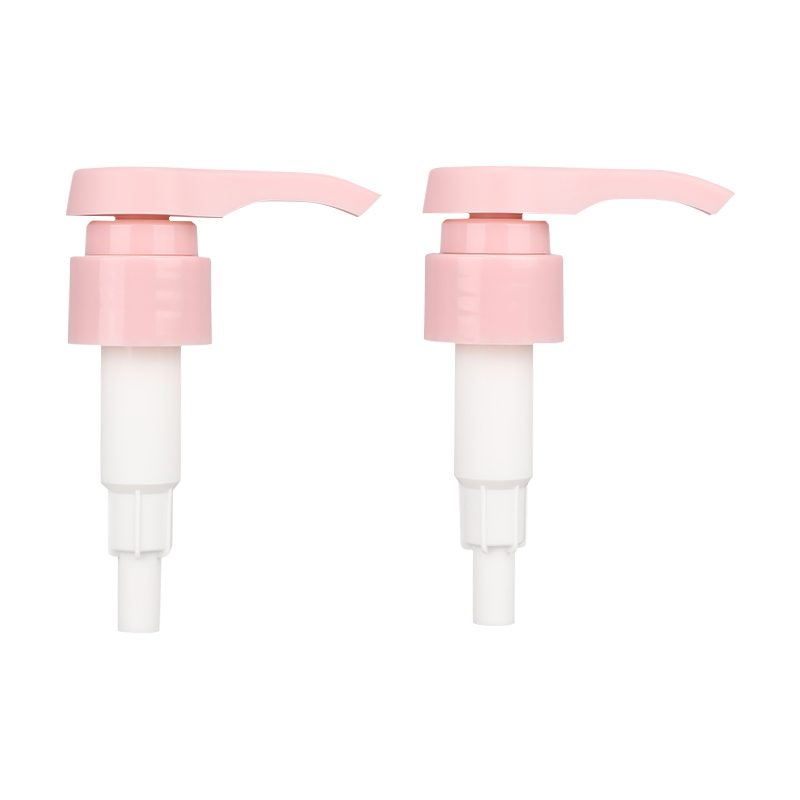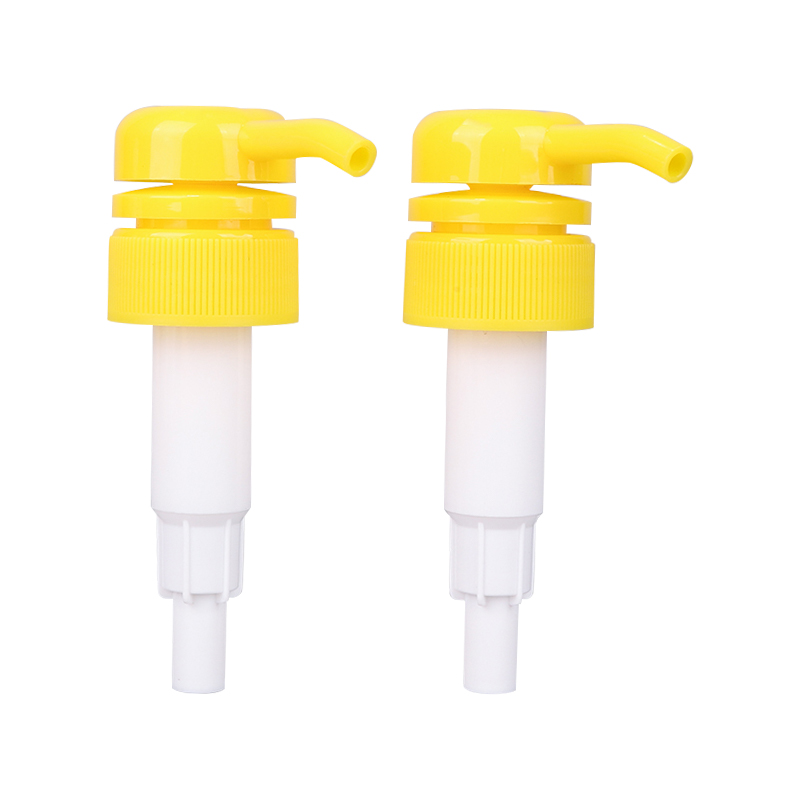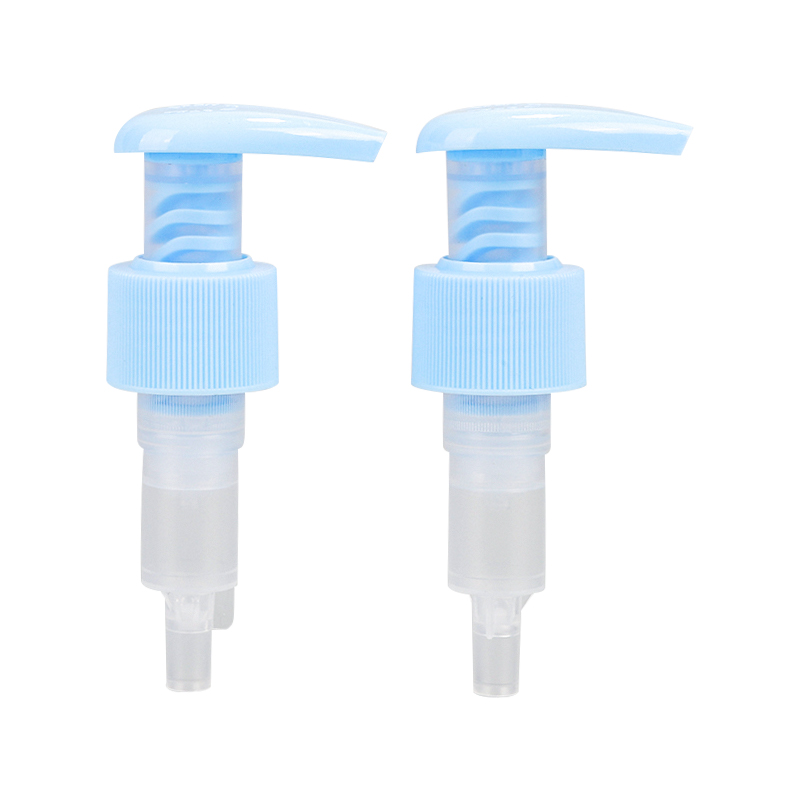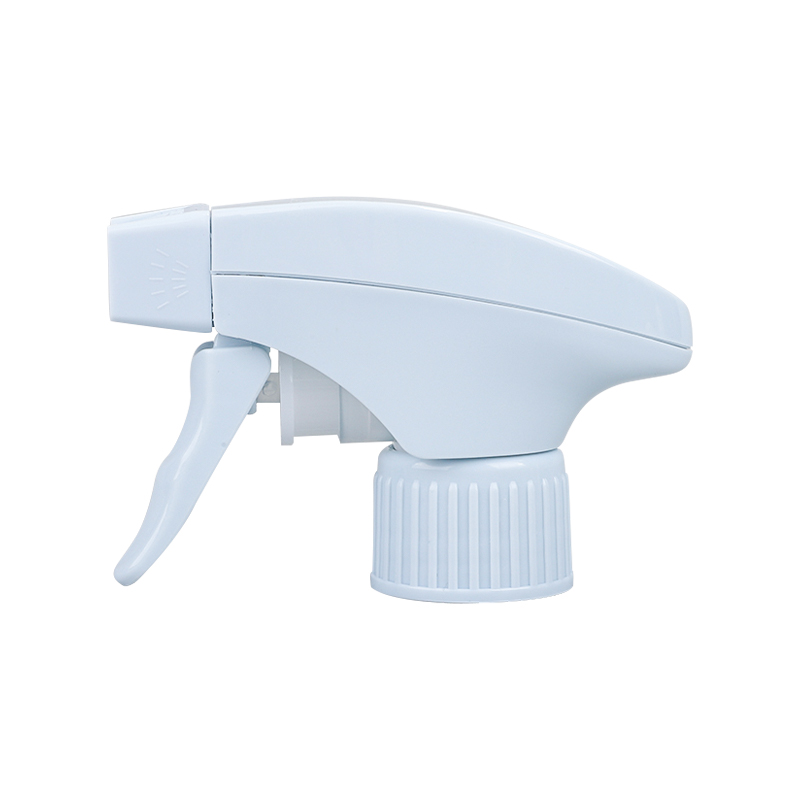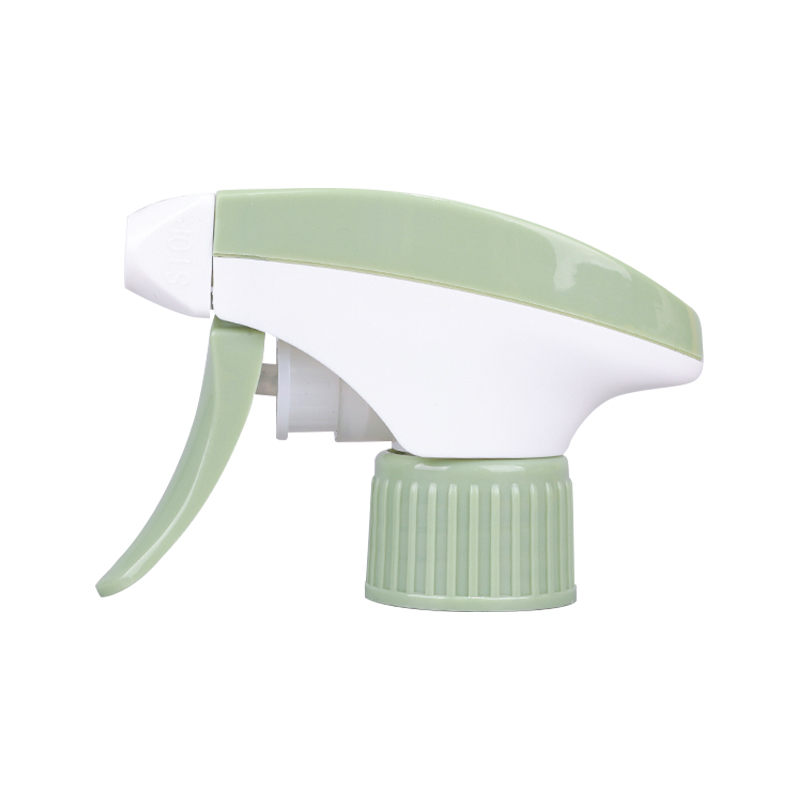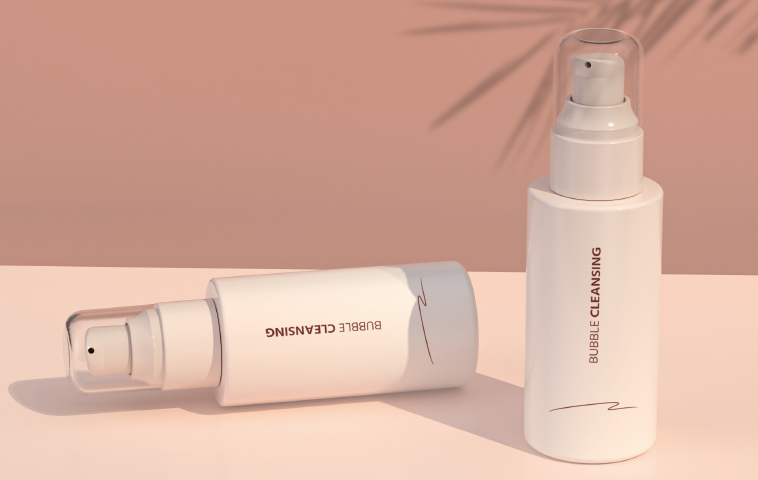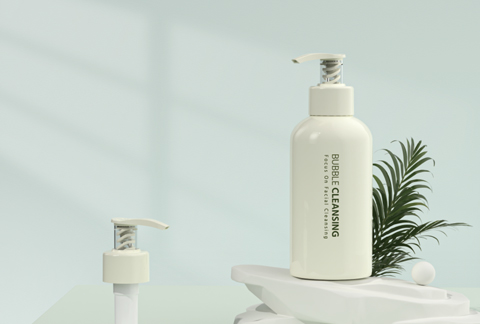Light Activation Force
The critical aspect of ergonomic design in the Normal Trigger Sprayer is the activation force—the amount of pressure required to dispense liquid from the sprayer. The activation force is minimized through a low-resistance spring mechanism and smooth piston movement. This allows the user to pull the trigger with minimal effort, significantly reducing hand fatigue and preventing repetitive strain injuries. In commercial or industrial settings, where the sprayer may be used for hours each day, a low activation force ensures that the user can maintain a natural hand position and focus on the cleaning task rather than the effort required to operate the sprayer.
This feature is especially beneficial for users who have to perform repetitive tasks that require frequent sprayer use. For example, cleaning professionals who must spray surfaces consistently throughout a shift will find that the low-resistance mechanism reduces the amount of energy expended. As a result, workers are less likely to experience hand cramping or wrist fatigue, leading to more efficient and comfortable operations.
Long, Ergonomic Handle
A long handle is another important feature that enhances the ergonomic design of the Normal Trigger Sprayer. When cleaning large areas, reaching high or low spots without straining the wrist or shoulder is essential. A long, ergonomically shaped handle allows the user to maintain a comfortable grip while extending their reach. By positioning the user’s hand further away from the sprayer nozzle, the long handle helps to distribute the weight of the sprayer more evenly, reducing the load on the hand and wrist.
In practical terms, this means that the user can spray overhead, clean lower areas, or handle larger tasks without awkward movements that may lead to muscle strain. The ergonomic handle also enables more leverage and control, helping to apply the product more accurately while requiring less effort. Whether the user is spraying in a commercial kitchen, cleaning floors in a warehouse, or spraying large surfaces in manufacturing plants, a long handle optimizes both comfort and performance.
Non-Slip Grip
The Non-Slip Grip on the Normal Trigger Sprayer is designed to enhance both safety and comfort. In industrial and commercial cleaning environments, workers often wear gloves, and their hands may become slippery due to exposure to cleaning agents or moisture. A rubberized or textured handle on the sprayer ensures that the sprayer stays securely in the user’s hand, even under wet or greasy conditions.
This feature is especially important for high-pressure or continuous sprayers that require the user to maintain control while dispensing liquid. The non-slip grip reduces the likelihood of accidents, such as the sprayer slipping out of the user’s hand and causing a spill or mishap. Moreover, it improves control by allowing the user to apply consistent pressure on the trigger without fear of losing grip. This is particularly helpful during repetitive spraying tasks, where secure handling ensures precise spraying and better overall results.
Adjustable Spray Settings
The Normal Trigger Sprayer often includes an adjustable nozzle or spray pattern, allowing users to select the most suitable spraying mode for the task at hand. Spray pattern adjustability is crucial for optimizing the application of the liquid across different surfaces and cleaning needs. By adjusting the nozzle, the user can switch between a fine mist, wide spray, or direct stream, depending on the task.
For example, a fine mist can be used for delicate cleaning or gentle spraying, while a wide spray can be ideal for covering large surface areas quickly. The direct stream is best suited for more concentrated applications, such as spot cleaning or when applying stronger chemicals. The flexibility to adjust spray settings means that the user does not need to exert excessive pressure or repeatedly squeeze the trigger to modify the spray pattern. Instead, a simple nozzle adjustment provides a more comfortable, efficient spraying experience.
Adjusting the spray pattern allows the user to minimize waste, which is important in commercial and industrial settings where cost-efficiency is paramount. For instance, switching to a narrower spray for targeted cleaning can prevent overspraying, ensuring that cleaning products are used optimally, without excessive consumption.
Lightweight Construction
The lightweight construction of the Normal Trigger Sprayer is an important ergonomic feature that helps reduce hand and arm fatigue. Made from high-quality plastics and durable polymers, the sprayer is built to be strong yet light—offering both durability and ease of use. Heavy sprayers can cause muscle fatigue over time, as the user has to exert additional force to hold and control the sprayer, particularly when the container is full of liquid.
By reducing the weight of the sprayer, the user can work longer hours without experiencing discomfort. This is particularly important for commercial cleaning staff or industrial workers who are required to spray large areas or use the sprayer for extended periods. With a lightweight design, users can maintain a comfortable, relaxed grip and easily maneuver the sprayer during repetitive tasks without undue strain on their hands, wrists, or arms. This results in increased productivity and a reduced risk of injury from long-term use.
Reduced Vibrations
Vibrations from sprayers can create discomfort over time, especially when the device is used in high-frequency spraying tasks. The Normal Trigger Sprayer is often designed with vibration-dampening features to reduce the amount of shock and vibration that is transferred from the sprayer mechanism to the user’s hand. These features are typically achieved through cushioned seals and smooth-moving piston systems, which help absorb the force generated by the liquid flow and the pump mechanism.
By minimizing vibration, the user experiences a more comfortable and stable operation. For workers using the sprayer for long hours, this reduction in vibration prevents the build-up of muscle fatigue and discomfort in the hands, fingers, and forearms. Moreover, a reduction in vibration improves the precision of the spray, ensuring that the user can control the flow more accurately without unnecessary movement or loss of stability. This is especially beneficial when spraying sensitive surfaces or when a consistent spray pattern is needed.

 English
English русский
русский Français
Français Español
Español italiano
italiano
